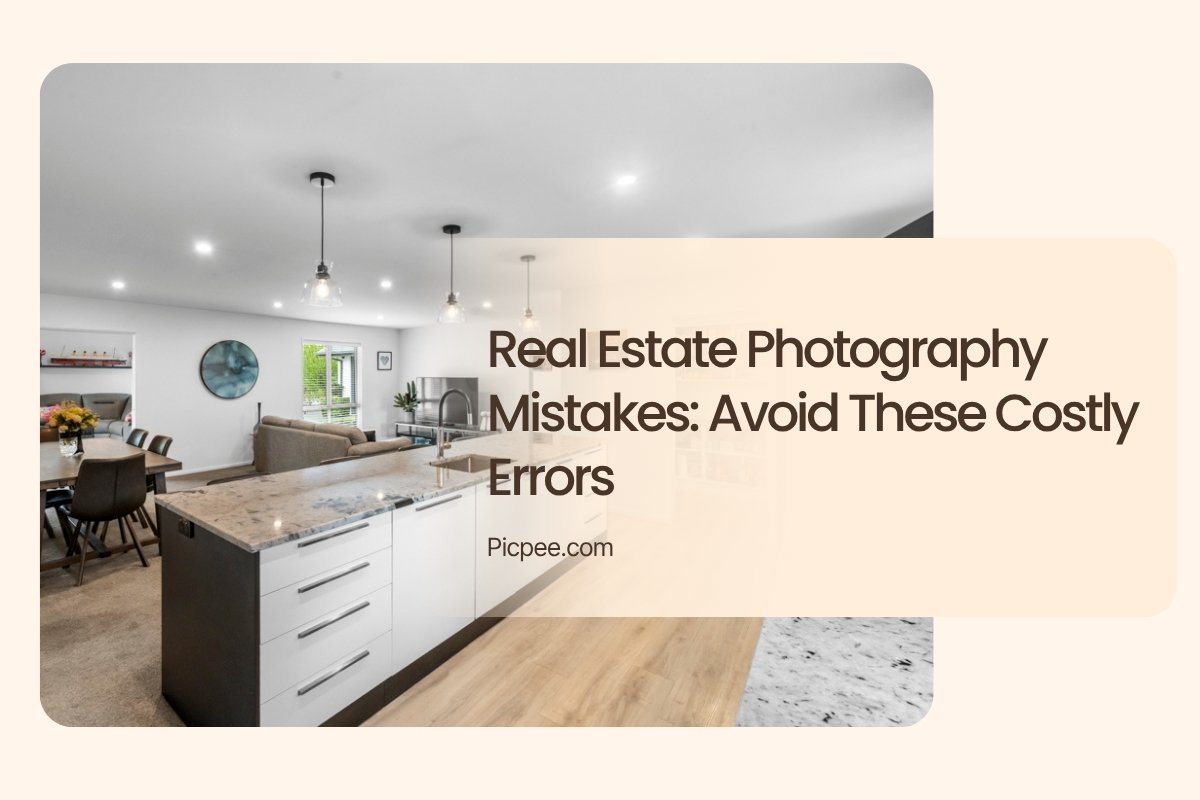In the world of real estate, captivating photography can make or break a property listing. Unfortunately, real estate photography mistakes are common pitfalls that many photographers, especially those new to the craft, tend to overlook. These errors can diminish a property's appeal, lead to missed opportunities, and ultimately affect sales. Whether you're just starting or looking to refine your skills, understanding the most prevalent mistakes and how to avoid them is essential to elevate your estate photography game.
Common Real Estate Photography Mistakes to Avoid
Our experience and research indicate that many mistakes commonly hamper the quality of estate photos, many of which are surprisingly simple to prevent once identified. Recognizing these errors early ensures you deliver images that attract buyers and elevate your reputation as a photographer. Avoiding these mistakes can involve implementing basic rules for real estate photography, mastering effective tricks for real estate photography, and cultivating a professional mindset that focuses on quality and authenticity.
Neglecting Proper Lighting and Exposure Settings
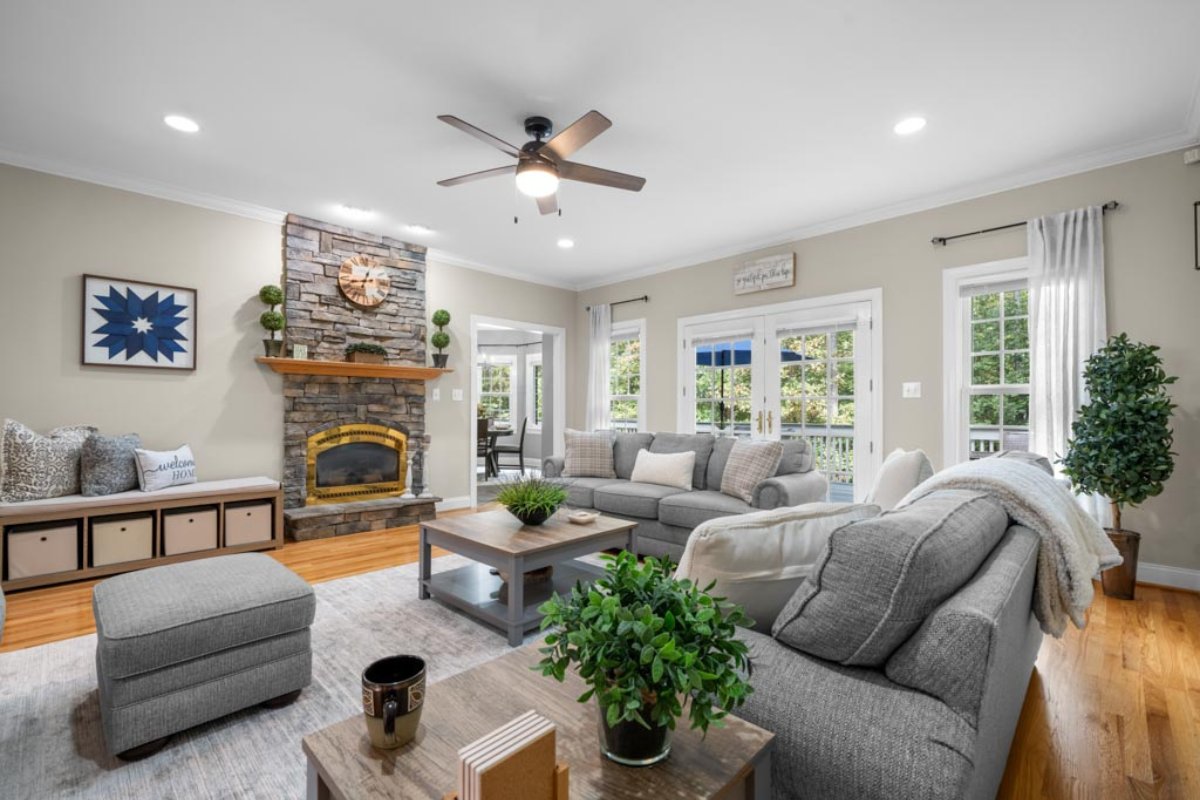
Lighting is arguably the most critical aspect of real estate photography. A common mistake is neglecting proper lighting techniques, especially leaving lights off or not using exposure bracketing. Many photographers assume that natural light alone will suffice, but this often results in images that are either overly bright or too dark, obscuring vital details.
High-quality tricks for real estate photography involve controlling light sources and employing tools like tripod-mounted cameras to achieve sharp, evenly lit images. Turning on all available lights—ceiling fixtures, lamps, helps warm up the space and creates a pleasing, inviting atmosphere. Also, consider using external flash units or diffusers to soften harsh light and avoid unflattering shadows Use bracketing to balance exposure across different areas, ensuring highlights and shadows are maintained without sacrificing detail. Not doing so can leave vital parts of a room underexposed or excessively overexposed, signaling a lack of professionalism and deteriorating real estate photography expectations among potential buyers.
Overlooking Furniture and Space Preparation
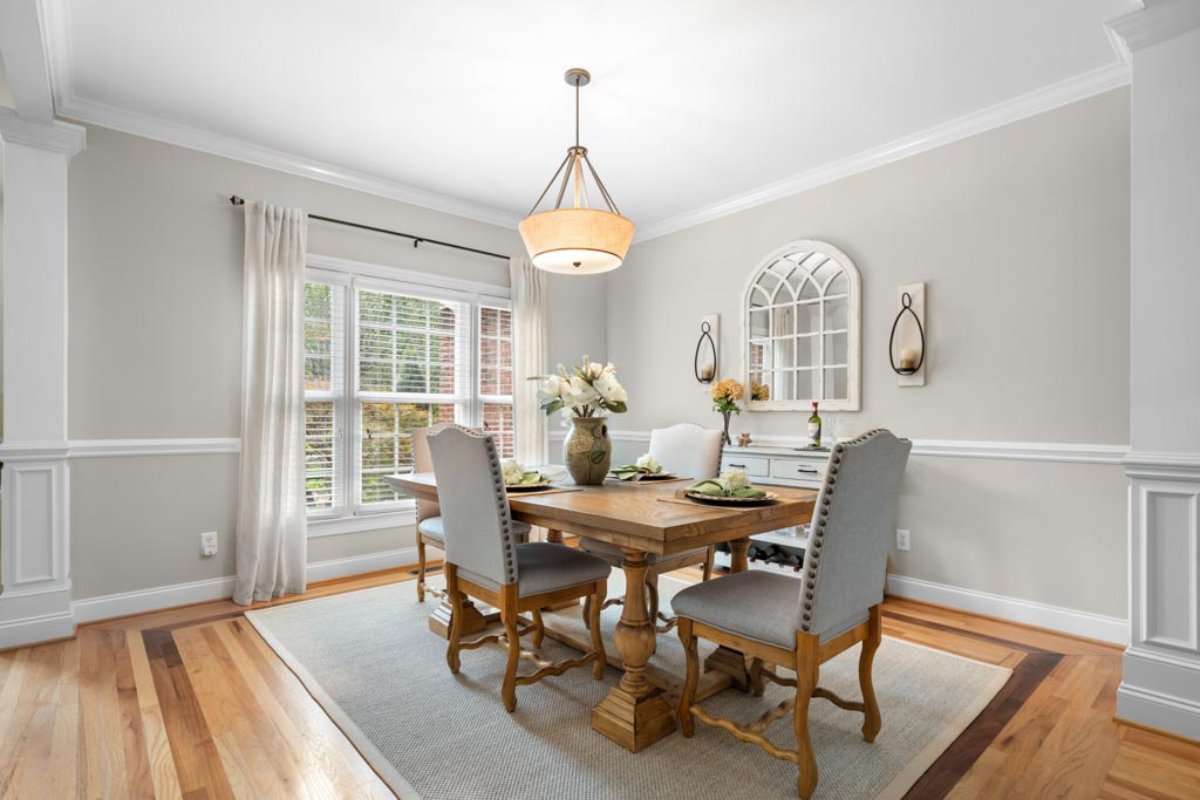
A cluttered, poorly staged home is a major obstacle in estate photography. Many photographers neglect the importance of preparing a property ahead of time. Overlooking furniture placement, skipping decluttering, or not considering virtual staging can result in images that appear disorganized or uninviting.
Before shooting, take the time to straighten furniture to create a tidy space that appeals to buyers’ sense of comfort. Remove personal items, excess décor, and any distracting objects that clutter the visual flow. If necessary, leverage virtual decluttering techniques to clean up visuals digitally without physically accessing the property. These practices align with the rules for real estate photography that prioritize visual clarity and minimalism.
Furthermore, good staging directs attention to the room’s best features, making it easier for viewers to imagine their future living experience. A well-prepared space enhances perceived value and contributes to fulfilling real estate photography expectations of quality and professionalism in your images.
Failing to Create a Sense of Space and Flow
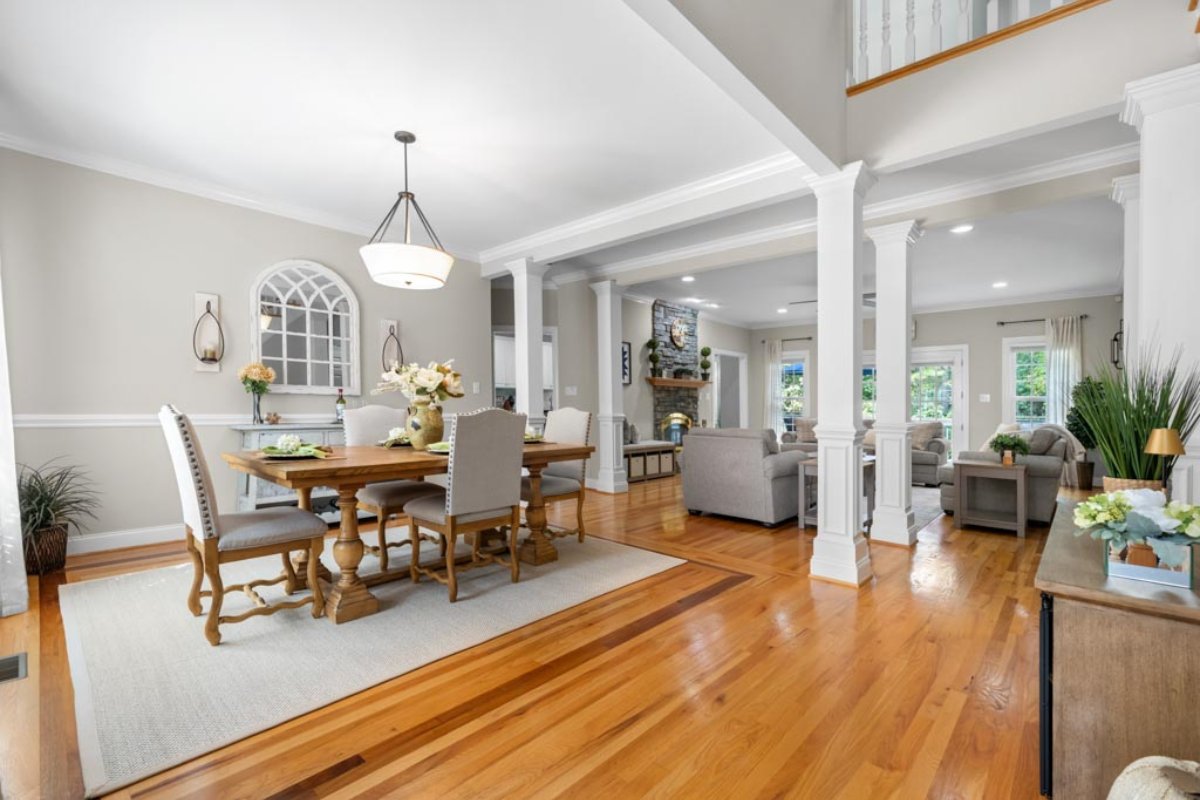
Many photographers make the mistake of keeping doors closed during a shoot. This disconnects rooms and fragments the flow of the space, making the property look smaller and less inviting. When considering real estate photography mistakes, overlooking the importance of space and flow can undermine the entire visual story you’re trying to tell.
To avoid this, open doors to reveal an unbroken flow from room to room, allowing viewers to appreciate the layout and scale. This simple trick significantly enhances visual perceptions of spaciousness and creates a natural movement through the property, aligning with elegant rules for real estate photography.
Poor Framing and Composition
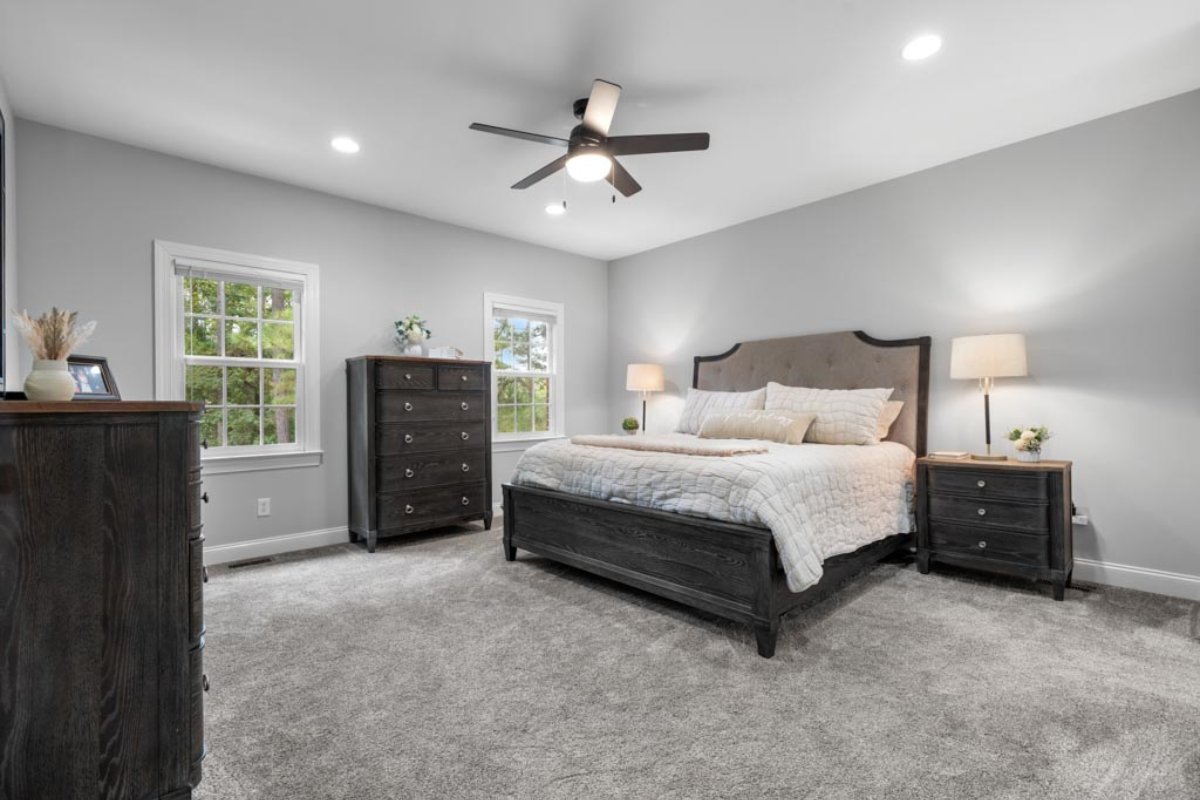
One of the most fundamental, yet often ignored, aspects of real estate photography is composition. Poor framing, tilted horizons, or failing to highlight the property's most attractive features can significantly detract from an image's effectiveness.
Ensure vertical lines, such as walls and doorframes, are straight; crooked lines can make images seem amateurish. Position your camera to emphasize the room’s best attributes—be it a beautiful fireplace, a stunning view, or high ceilings. Use wide-angle lenses carefully; avoid distortion that can misrepresent room sizes or proportions.
Thoughtful framing tells a story, guides the viewer’s eye, and accentuates the property's strengths. Investing time in planning your shots and mindful editing can turn mundane spaces into captivating showcases, illustrating real estate photography tips that maximize visual appeal.
Taking Insufficient Photos
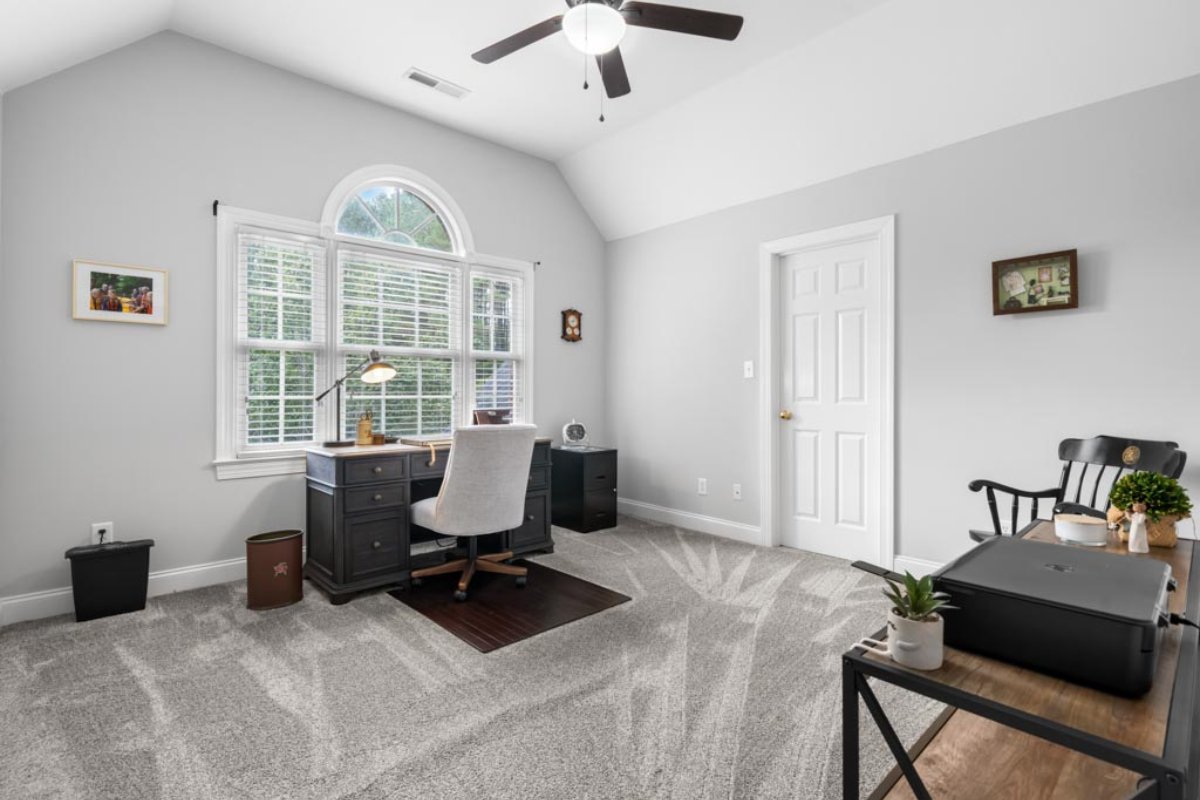
A common mistake is capturing too few photos per room or angle, resulting in an incomplete representation of the property. Buyers typically want to see multiple perspectives to understand space and functionality deeply. Rushing through a shoot without sufficient coverage can leave potential buyers with unanswered questions, diminishing their engagement.
To counter this, take multiple shots from different angles—wide, close-up, and unique viewpoints—that highlight all aspects of a room. Don’t just rely on one or two images; provide comprehensive visual storytelling that allows viewers to thoroughly explore the space.
By diligently capturing various aspects of the home, you help set accurate expectations and add depth to your real estate photography. Remember, an investment in multiple, well-composed images pays off—engaged buyers are more likely to schedule viewings and make offers.
Ignoring Natural Light and Exterior Features
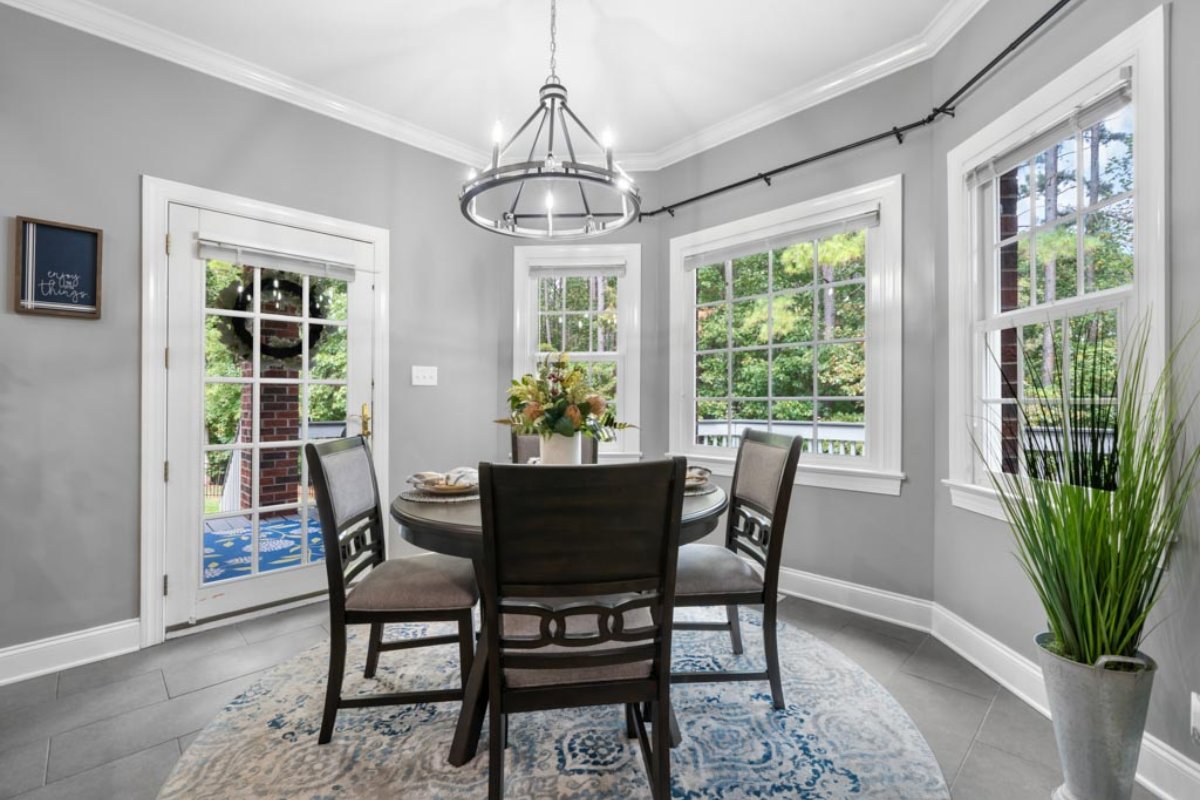
Many photographers forget to take full advantage of natural light or skip exterior photography altogether. Closing curtains can darken interiors and obscure views. Conversely, relying solely on artificial lighting can make a space look unnatural and uninviting.
Open curtains to let natural light flood the room. This not only enhances brightness but also highlights exterior elements such as yards, views or architectural details – key attractions for potential buyers.
Incorporate well-lit exterior photos into your portfolio, demonstrating your understanding of real estate photography principles, helping to highlight the home’s best features.
Skipping Post-Processing and Professional Editing
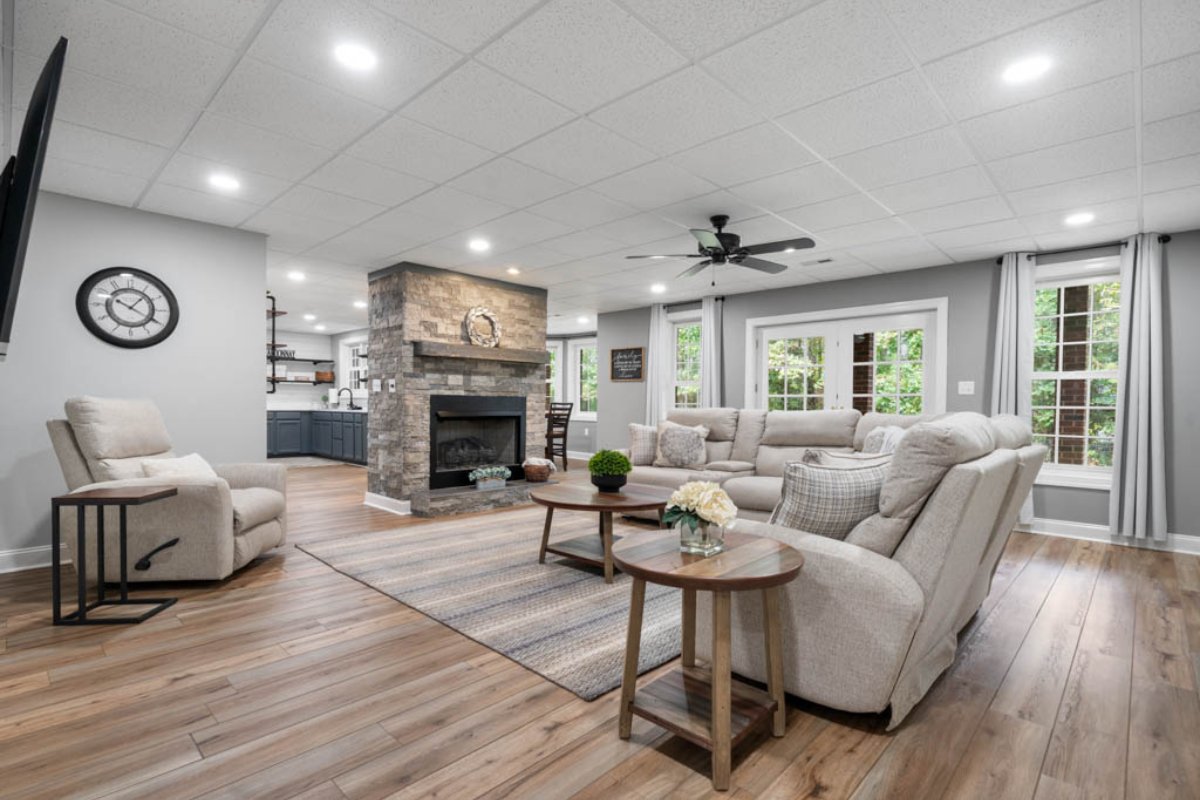
Finally, many underestimate the importance of post-processing. Skipping professional editing or neglecting proper adjustments can leave photos looking dull, poorly balanced, or inconsistent. Overly processed images can also seem inauthentic, damaging your credibility.
Utilize professional editing services or skilled software to correct color, straighten lines, and enhance details. Subtle adjustments can vastly improve real estate photography by creating images that are crisp, vibrant, and appealing. Remember, good post-processing enhances, rather than manipulates, the true essence of a property—aligning with reals estate photography tips that prioritize authenticity.
Consistent editing ensures your portfolio maintains a professional standard, meeting real estate photography expectations and further differentiating your work from competitors. A polished image portfolio attracts clients who value quality and attention to detail.
Tricks for Captivating Real Estate Photography
Creative insight, coupled with a good understanding of rules for real estate photography, can set you apart in a crowded market. The goal is not just to shoot images but to craft an engaging narrative that helps potential buyers visualize themselves living in the space. From lighting to composition, every element should work harmoniously to evoke emotion and appeal.
Utilizing Aerial Photography Effectively
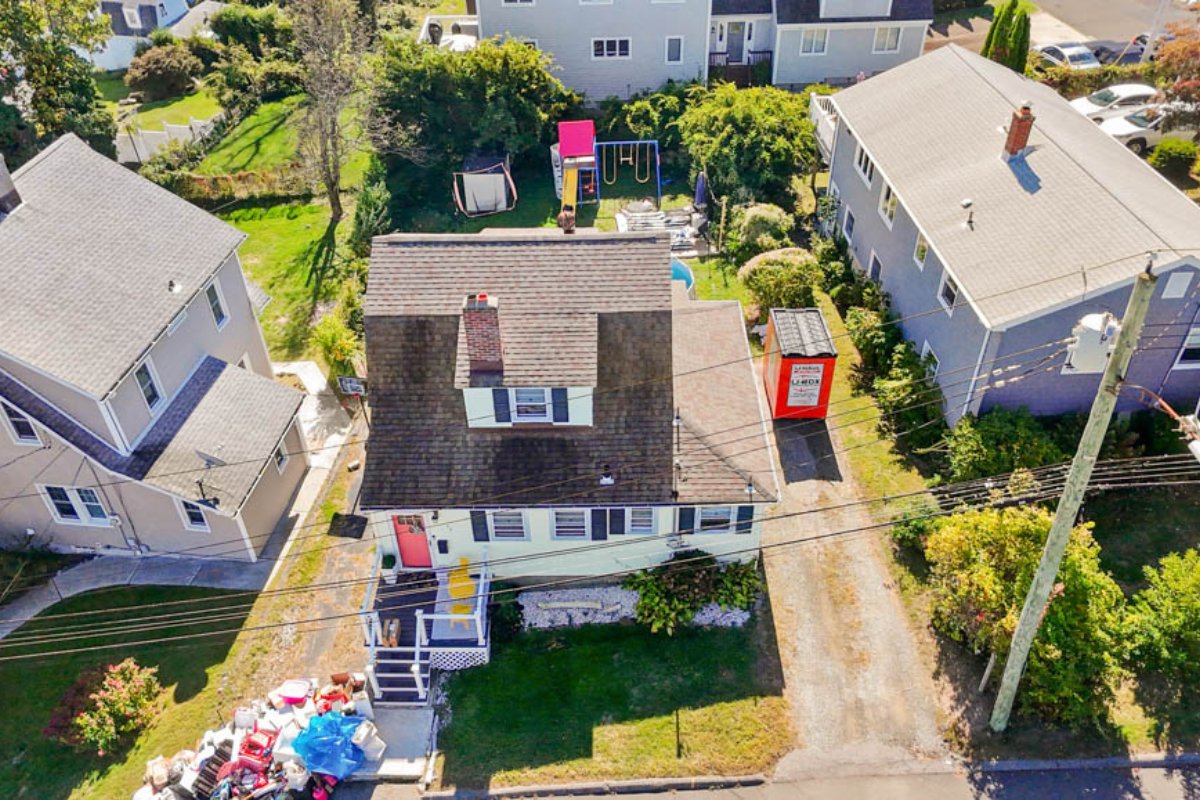
Aerial services offer a distinctive perspective that many traditional real estate photography approaches lack. Drones can capture stunning vistas, the layout of large estates, and outdoor amenities from a compelling overhead view, adding significant value to your listings.
Proper use of aerial shots can set your portfolio apart even in saturated markets, fulfilling real estate photography expectations for comprehensive property presentation. Incorporate both sweeping landscapes and detailed close-ups from above to craft a rich, layered visual experience that appeals emotionally and logically to buyers.
Incorporating Lifestyle and Purposeful Staging
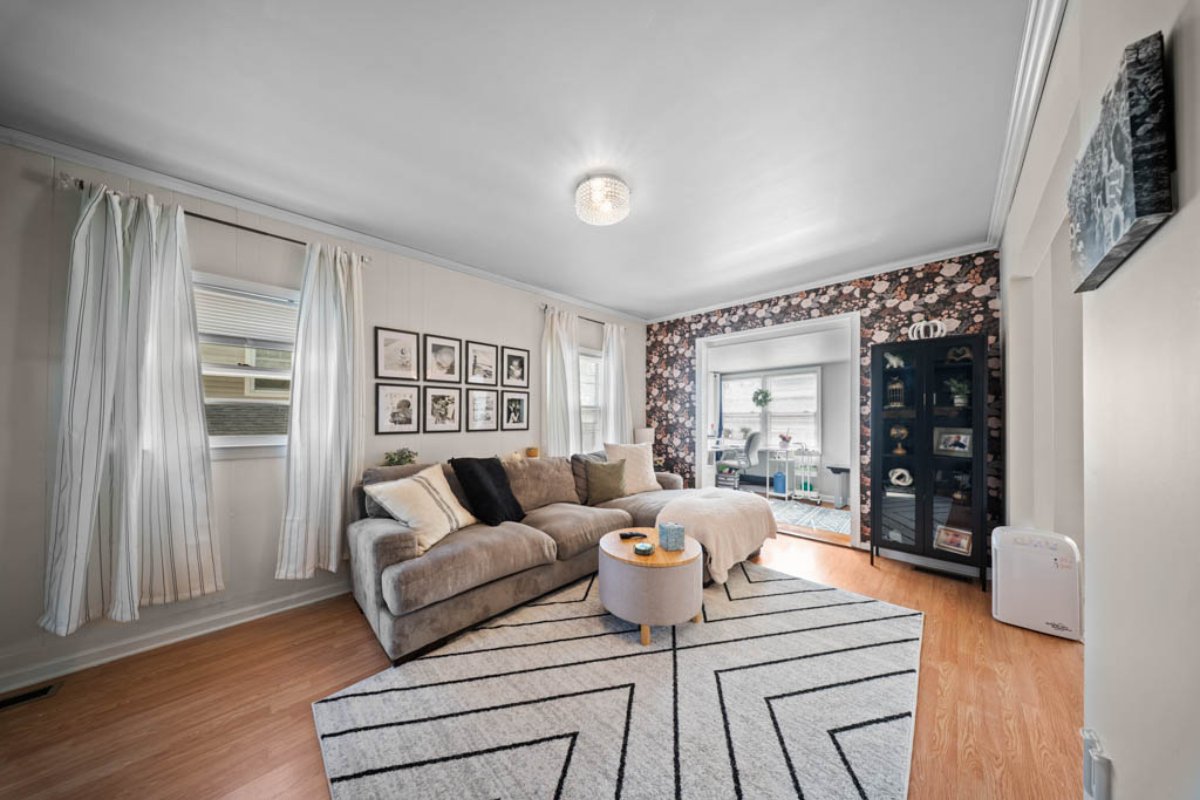
Beyond basic staging, tricks for real estate photography involve creating scenes that tell a story—showing potential lifestyles rather than just empty rooms. Use furniture and accessories strategically to demonstrate how spaces can be used, whether a cozy reading nook, an inviting dining area, or an attractive outdoor patio.
This approach requires foresight and a creative eye. Think about the target demographic—families, professionals, or retirees—and stage areas that resonate with their needs and aspirations. Well-thought-out staging makes images more relatable, encouraging viewers to see themselves living there, which aligns with rules for real estate photography focused on emotional appeal.
Blend practical staging with candid, lifestyle shots to evoke desire and demonstrate purpose. This composite technique enriches your visual narrative and enhances real estate photography expectations for professionalism and creativity.
How to Enhance Your Real Estate Photography Skills
Continuous Education and Staying Updated with Technology

The field of estate photography has only digital photo creations and aerial services evolving rapidly. Staying updated with the latest camera gear, editing software, and drone technology is vital. Attend workshops, participate in webinars, and subscribe to industry publications that offer tricks for real estate photography.
Investing time in learning about different lighting setups, composition rules, and post-processing techniques helps avoid typical mistakes and keeps your portfolio fresh and competitive. Remember, great real estate photography tips involve understanding both the technical and emotional aspects of imagery.
Additionally, technological advancements like HDR imaging, 3D virtual tours, and enhanced drone capabilities expand your creative toolkit, allowing you to meet differing real estate photography expectations and adapt to market demands.
Practice, Feedback, and Building a Signature Style
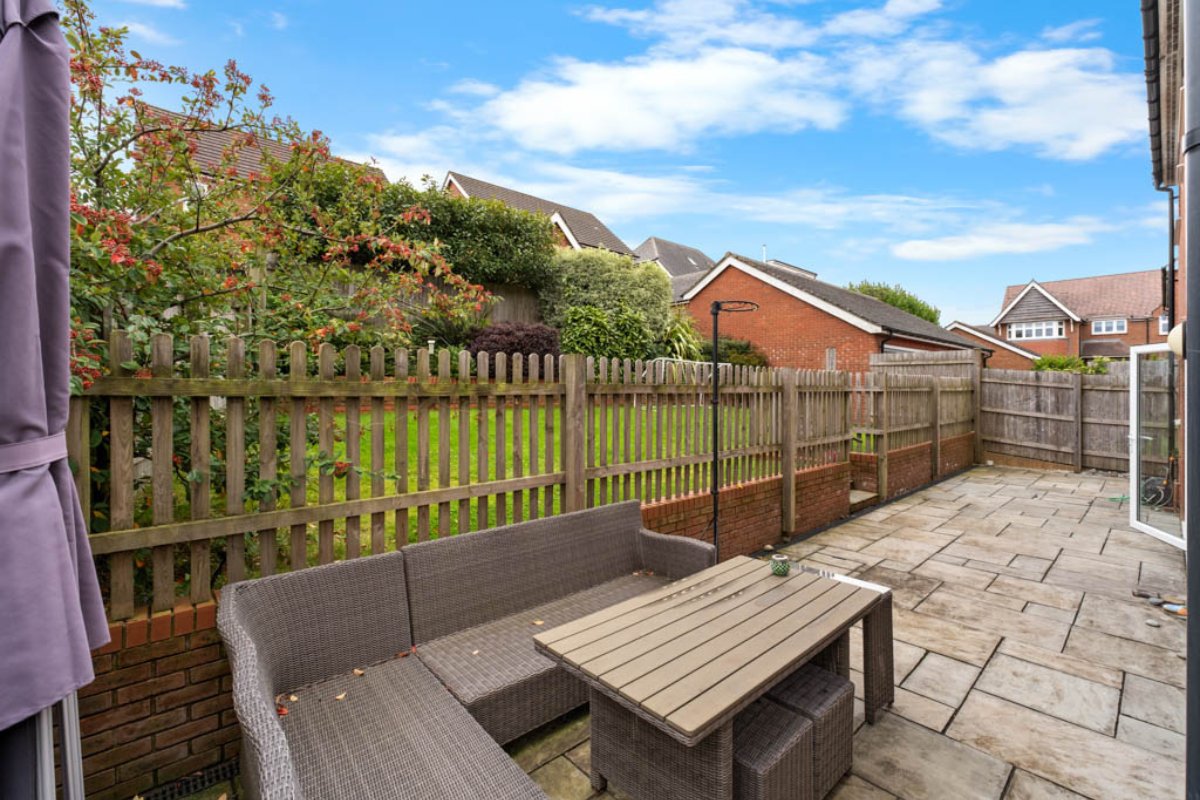
Practice is the cornerstone of improvement. Regularly shoot different properties, experiment with lighting, angles, and staging, and then review your work critically. Seek honest feedback from peers, clients, or mentors to identify mistakes that might diminish your work’s impact.
Developing a signature style helps clients recognize your brand, while consistent quality builds your reputation. Pay attention to details—crooked horizons, improper lighting, or unflattering angles are common mistakes that often diminish professionalism. Through deliberate practice and learning, you can refine your technique, ensure your images align with rules for real estate photography, and meet real estate photography expectations across different property types.
Invest time into building your portfolio, and always be open to creative innovation. This mindset will make your work stand out, foster client trust, and position you as a knowledgeable, reliable professional in the estate photography industry.
Conclusion
Mastering real estate photography requires not only avoiding common mistakes but also applying proven tips and creative techniques to enhance every shot. With Picpee real estate photo editing, photographers can refine their work to achieve professional, high-impact visuals that stand out in a crowded market. Ultimately, combining technical expertise with artistic vision helps attract more clients, accelerate property sales, and strengthen your brand. In today’s digital-first era - where real estate photography heavily relies on digital photo creations and aerial services - innovation and professionalism have become essential keys to lasting success.
 Single Exposure
Single Exposure Room Cleaning
Room Cleaning Reels
Reels Blended Brackets (HDR)
Blended Brackets (HDR) Changing Seasons
Changing Seasons Slideshows
Slideshows Flambient
Flambient Water in Pool
Water in Pool Individual
Individual 360° Image Enhancement
360° Image Enhancement Lawn Replacement
Lawn Replacement Team
Team Virtual Staging
Virtual Staging Rain to Shine
Rain to Shine Add Person
Add Person Remodel
Remodel Custom 2D
Custom 2D Remove Person
Remove Person 360° Image
360° Image Custom 3D
Custom 3D Background Replacement
Background Replacement Day to Dusk
Day to Dusk Property Video
Property Video Cut Outs
Cut Outs Day to Twilight
Day to Twilight Walkthrough Video
Walkthrough Video Change color
Change color 1–4 Items
1–4 Items
